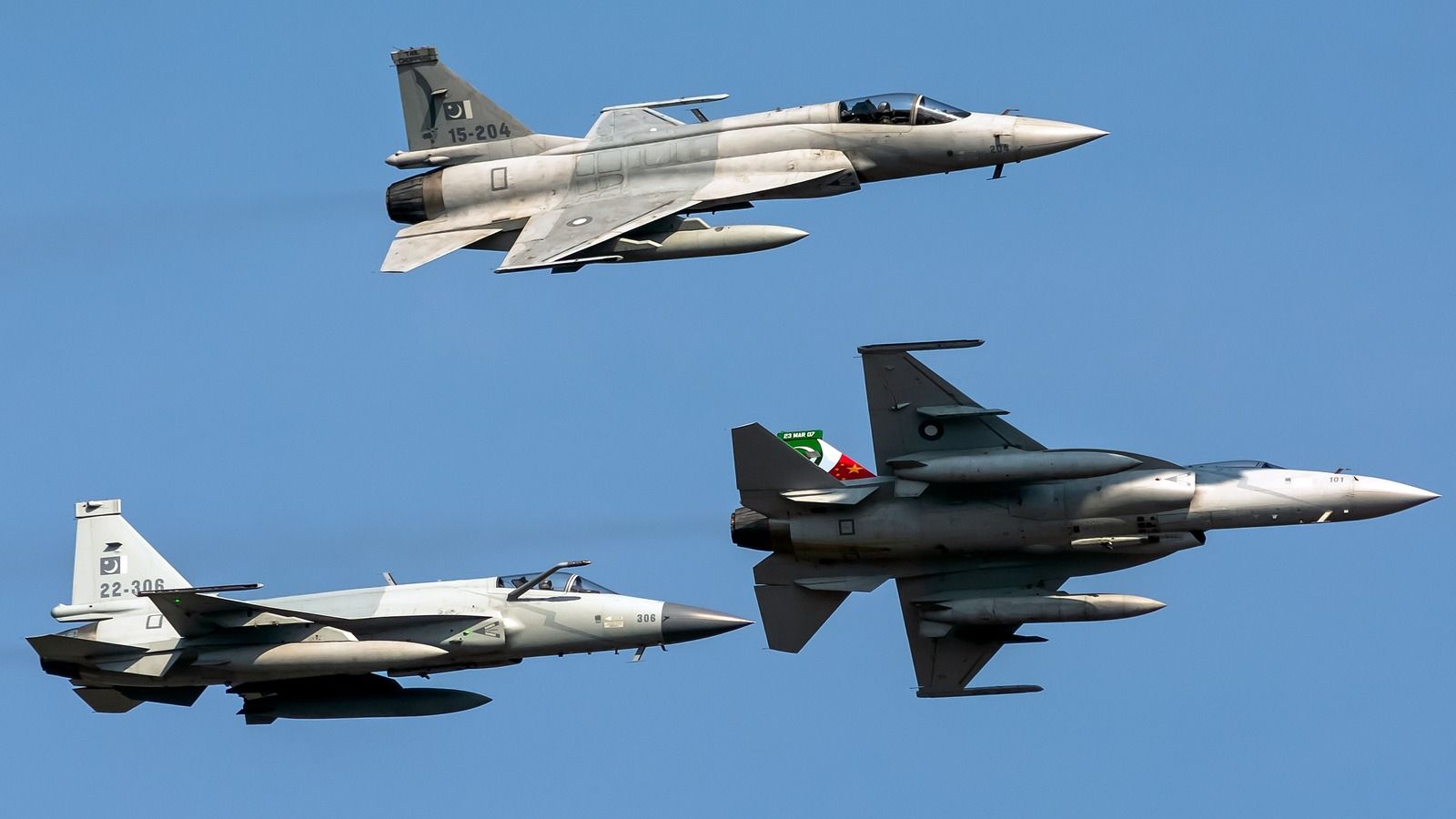Azerbaijan strengthens air power with strategic leap in military aviation

With the recent development in modernization, the Azerbaijani Air Force (AAF) stands out among the air forces of all neighboring countries. Perhaps Russia, for now, could be excluded from this list. Still, from a technical point of view, Azerbaijan has already gained an edge over neighboring countries in aviation by acquiring JF-17 Block III aircraft in September 2024. Equipped with AESA radar, the PL-15E beyond-visual-range missile, and cutting-edge avionics, the Pakistan-made fighter jet has firmly secured Azerbaijan’s upper hand.
However, despite all its advantages, there was one nuance that caused dissatisfaction: the country has 16 JF-17 fighter jets, which made it vulnerable against rivals.
It was obvious that Azerbaijan needed to address this shortage. When Lieutenant General Namig Islamzade, Chief of Staff of the Azerbaijani Air Force, examined the J-10CE fighter jet at the Zhuhai Air Show in southern China, many held their breath, hoping the country would acquire the aircraft.
While everyone awaited news about the purchase of the J-10CE, some international media outlets circulated reports of a deal for the additional 24 JF-17 fighter jets. At first, neither Azerbaijan nor Pakistan confirmed the news. Later, the Pakistani government confirmed in a post on the social media platform X.
Following the post, many prominent media outlets headlined the story and tried to shed light on the issue. Many experts noted that Azerbaijan was going to replace its aging MiG-29s with JF-17s.
Actually, this speculation is not new. The modernization of the Azerbaijani Air Force has been in the spotlight of international media outlets for a long time. Forbes magazine stepped forward in this regard. Several years ago, the magazine published an extensive opinion piece on the modernization of the Azerbaijani Air Force. It offered three predictions: Azerbaijan would purchase KAAN, the Turkish fifth-generation fighter jet; acquire the Pakistan-made JF-17 Block III; or finance Georgia to develop the GE31 Bora.
Although the article offered a detailed portrayal of the potential modernization, it was clear that the author did not take into account the legacy of the Azerbaijani Air Force and underestimated its potential. The article predicted that Azerbaijan would develop an air force composed of only one type of fighter jet, like Israel, Turkiye, or Georgia. It suggested that the country would either equip its air force with capable multirole fighter jets, as Israel and Turkiye did, or with less capable close-air-support aircraft, as Georgia did.
However, since its inception, the composition of the Azerbaijani Air Force has resembled that of the United States, China, or Russia, with a diverse array of aircraft designated for different types of operations. For example, Azerbaijan has operated the Su-17 fighter-bomber, the Su-24 tactical bomber, the Su-25 for close air support, the MiG-21 interceptor, the MiG-25 for both interception and reconnaissance, and the multirole MiG-29.
Suggesting that Azerbaijan aims to abandon this legacy was never convincing, and still isn’t. Indeed, Azerbaijan’s recent steps toward modernization prove otherwise. A few years ago, Azerbaijan modernized its Su-25 fleet in collaboration with Turkiye. Moreover, Azerbaijan joined Turkiye’s KAAN fighter jet project as a partner. Additionally, the country purchased Pakistan-made JF-17 fighter jets.
Given all the above-mentioned information and taking into account that the JF-17 is a light-class fighter jet, we can conclude that it will replace the MiG-21 and the retired MiG-25. The country has no plans to retire its close air support aircraft anytime soon. As for the medium-class multirole MiG-29, Azerbaijan will most likely acquire the Chinese medium-class multirole J-10CE. Especially after the recent airfights between India and Pakistan, the J-10CE has come into the spotlight of many countries. As for the KAAN, a heavy-class fifth-generation stealth fighter jet, it will mark a new summit in the history of the Azerbaijani Air Force.
In summary, Azerbaijan’s Air Force modernization is a carefully balanced strategy that honors its legacy of a diverse fleet while embracing cutting-edge technology. By acquiring a mix of light, medium, and future heavy stealth fighters, Azerbaijan is positioning itself as a formidable regional air power with long-term ambitions. The coming years will reveal how effectively these new assets shape the country’s defense capabilities and regional influence.
Here we are to serve you with news right now. It does not cost much, but worth your attention.
Choose to support open, independent, quality journalism and subscribe on a monthly basis.
By subscribing to our online newspaper, you can have full digital access to all news, analysis, and much more.
You can also follow AzerNEWS on Twitter @AzerNewsAz or Facebook @AzerNewsNewspaper
Thank you!

